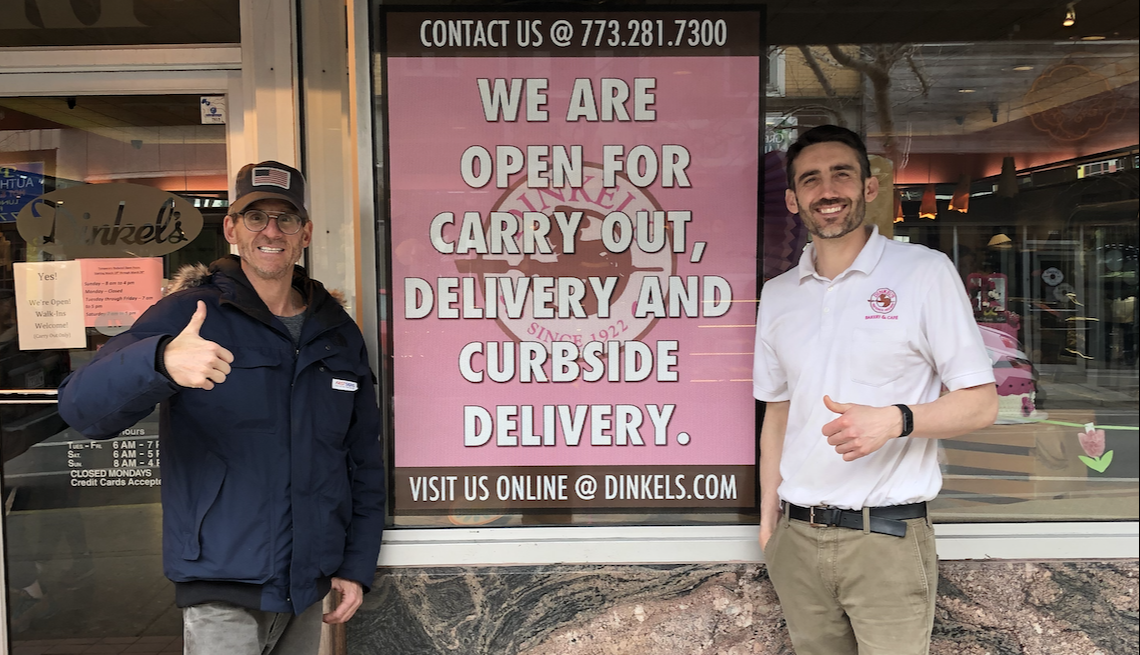Visual Communication Assists Restaurants During Uncertain Times
4 Min Read By Jennifer Herskind
As restaurants have experienced dramatic changes in how they do business due to the pandemic, many small business owners have learned just how important a visual communication plan is for success.
Signs and graphics have been and will continue to be integral to restaurant owners’ success as they navigate the ever-changing process of getting back to business. Our centers quickly adjusted their business models to provide everything from COVID and social distancing signs to safety screens and shields to PPE across all industries, including the restaurant industry.
Outside Your RestaurantAs restaurants reopen their doors once again, visual communication solutions help inform, direct and protect both customers and team members. Consider the myriad of touchpoints available to communicate and build critical trust at this time. Whether someone passes by your restaurant on purpose or happenstance, you can draw their attention to current offerings with exterior flags and yard signs…
Sorry, You've Reached Your Article Limit.
Register for free with our site to get unlimited articles.
Already registered? Sign in!


